Denmark in the far north of Europe can be called the magical country or the “small but mighty” country. In Vietnamese, it means the “small pepper” country.
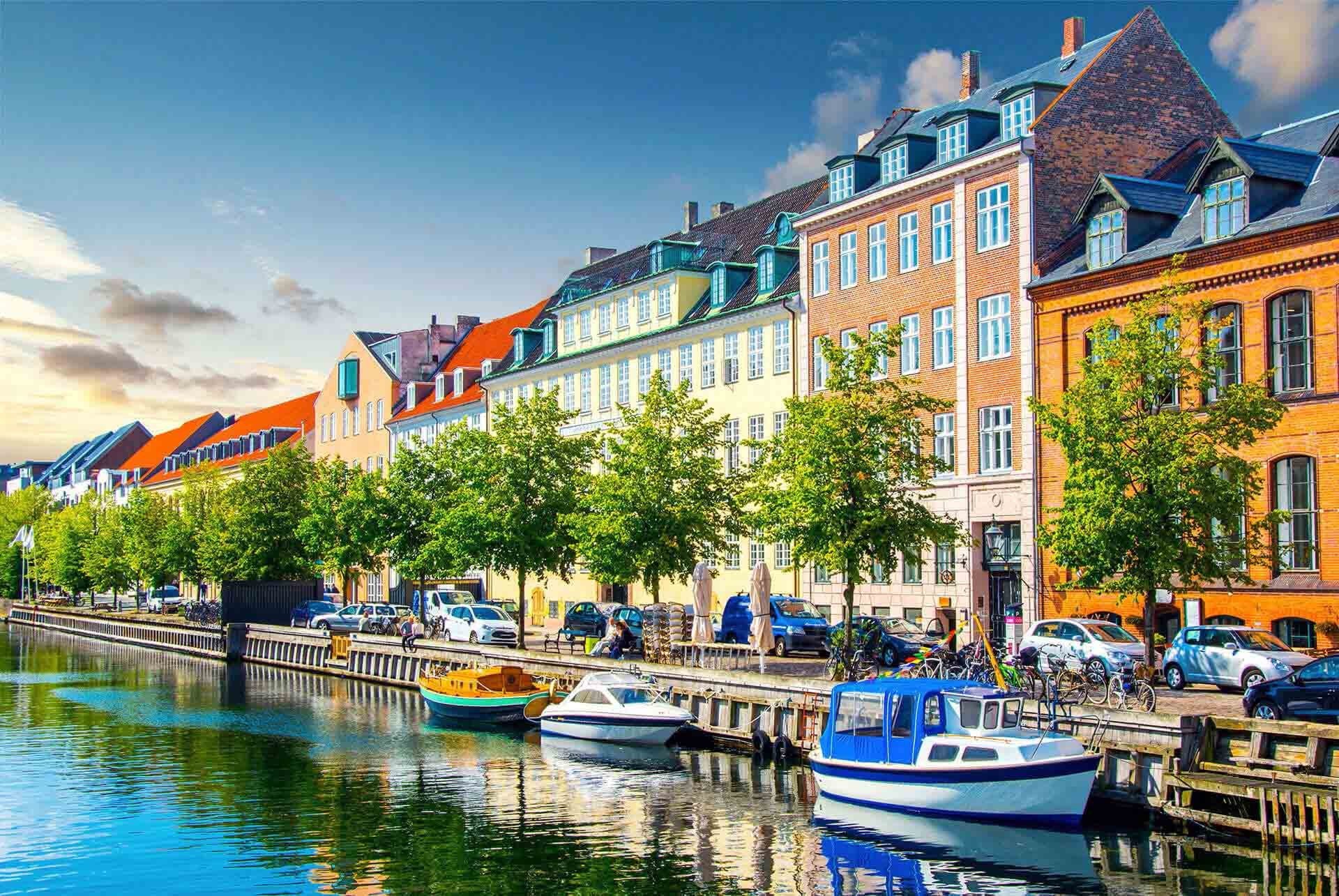 |
| Denmark. (Source: remax.eu) |
We understand the word "peppercorn" as: small, but smart, mature, and respected by others. Despite its narrow landmass, Denmark has a diverse landscape and environment. In the West, nature is still wild, in the East there are farmland and gentle hills. The coastline is about 7,400 km long, twice the length of Vietnam, and no place is more than 52 km from the sea.
Located in Northern Europe, on the Scandinavian peninsula, the Kingdom of Denmark has a particularly important position, connecting Scandinavia with mainland Europe, connecting the Baltic Sea with the Atlantic Ocean. This important geographical position has helped Denmark have a strongly developed culture - politics - economy - society.
Moreover, Denmark is a kingdom with a long history of development (starting from 8,000 years BC), a temperate climate, and beautiful nature. A kingdom that has produced world- famous people such as Hans Christian Andersen, author of fairy tales (The Little Match Girl, The Ugly Duckling, The Little Mermaid...); Ole Kirk Christianse, creator of the intelligent Lego building set and Soren Kierkegard, father of existentialism.
Danes today are proud to live in a country with one of the best social welfare systems in the world. All citizens place great importance on culture and the environment. The welfare state ensures a high standard of living, focusing on income distribution for all citizens, including housing, employment, education , childcare, and elderly care.
On the world map, Denmark looks like a leaf bud, a grain of rice and small potatoes and beans. Denmark’s area is only 1/11 of Vietnam’s and its population is among the smallest in the world. Originally a country poor in natural resources, Denmark has now become a prosperous industrial and agricultural country.
Denmark's attachment to Nordic culture can be considered a characteristic of Danish literature, however, Denmark is the most "continental" country compared to Norway, Iceland, Sweden and Finland, easily adopting European literary trends, being a window to Western Europe.
The Nordic character in Danish literature is reflected in a number of nuances such as: temperament and climate, Lutheranism and the women's liberation movement. According to Danish literary critic Torben Brostrom, the three sources of Danish literary inspiration are represented by sailors, craftsmen and farmers. The seafarer develops imagination, the craftsman develops speculative thinking (Spéculation) and the farmer has a sense of reality.
In terms of temperament and climate, there is a difference between Latin literature in the Mediterranean countries of southern Europe, with its warm sunshine, and Northern European literature, which is cold, sparsely populated, prone to loneliness, has an oceanic influence, but also has harsh winters.
According to Martin Saymour Smith, “Danish literature, like that of the Nordic region, due to its climate, is often characterized by a stoic spirit, seriousness, melancholy, tragedy,” an “existential consciousness” about human destiny, the meaning of life and death, and metaphysical concerns.”
Lutheranism is deeply rooted in all the Nordic countries, influencing the mentality, especially the tendency towards introspection. Although “secularization” is quite strong in the Nordic countries, including Denmark, Lutheranism has left a strong impact on the culture.
The women's liberation movement was especially popular in Northern Europe (according to Régis Boyer) and left its mark on Danish literature. Up to now, Danish women have been completely liberated, men and women have equal rights, women can do everything men can do, equal wages, when giving birth, parents take a year off, if the child is under 9 years old, men also have to look after the child and cook. But the concern of women after being liberated is to find a suitable path of development, not to follow the male stereotype.
The development of Danish literature can be divided into two stages:
The formation and maturity period (from the 8th century to the early 19th century) was the period when Nordic literatures were formed with distinct elements becoming traditions; in cultural exchanges with foreign countries, absorption was the main focus and international contributions were few.
The modern period (from the last three decades of the 19th century to the present) has many works that have made important contributions to European literature, becoming centers of realism and naturalism in Europe. According to Sven H. Rossen, Professor of Nordic Literature and Comparative Literature, this period took place in the 70s of the 19th century in Denmark and Norway; in the 80s in Sweden and Finland. G. Brandes, a Danish literary critic, broke through, bringing European literature to Denmark and Northern Europe through his university lectures. He influenced other Nordic writers and was influenced by them (such as the Swedish writer and playwright Strinberg, and the Norwegian playwright Ibsen).
The value of modern Danish and Nordic literature in general is recognized, translated into many European languages. Denmark has received two Nobel Prizes for Literature: in 1917 (jointly awarded to H. Pontoppidan for “having accurately described life in Denmark today” and KA Gjellerup for “his rich and varied poetic output inspired by high ideals”) and in 1944 (Johannes V. Jensen for “his rare power and richness of poetic imagination”).
Source


![[Photo] Students of Binh Minh Primary School enjoy the full moon festival, receiving the joys of childhood](https://vphoto.vietnam.vn/thumb/1200x675/vietnam/resource/IMAGE/2025/10/3/8cf8abef22fe4471be400a818912cb85)


![[Photo] Prime Minister Pham Minh Chinh chairs meeting to deploy overcoming consequences of storm No. 10](https://vphoto.vietnam.vn/thumb/1200x675/vietnam/resource/IMAGE/2025/10/3/544f420dcc844463898fcbef46247d16)




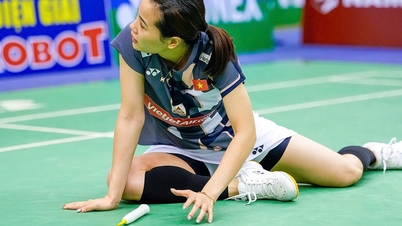






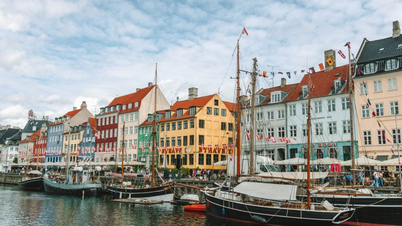


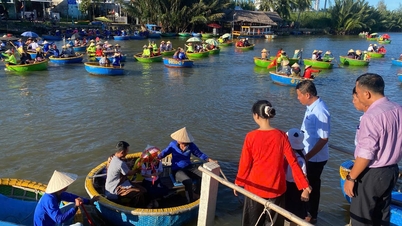

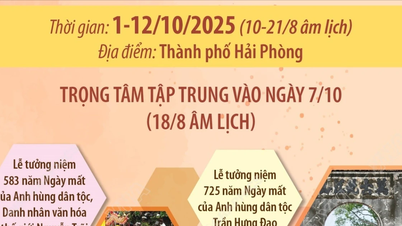


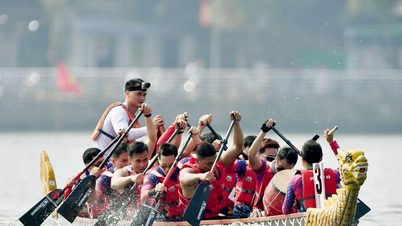
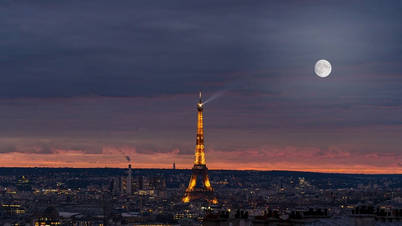




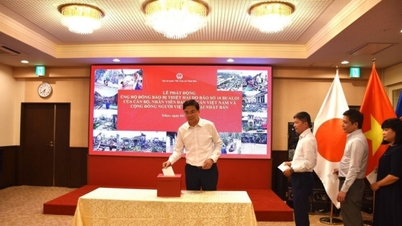
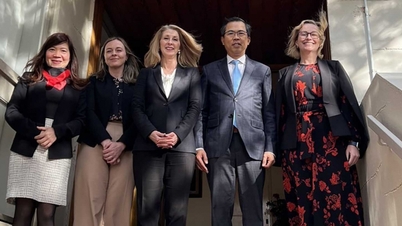
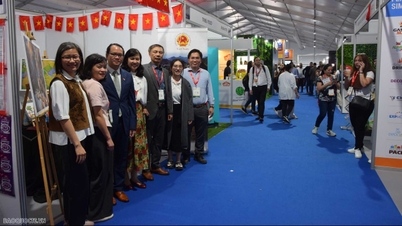
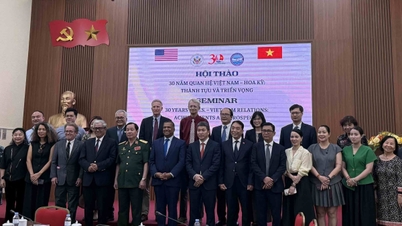
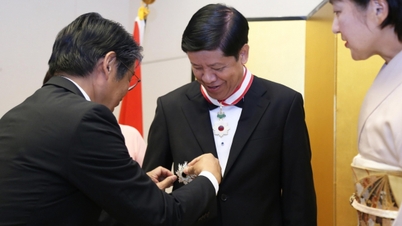
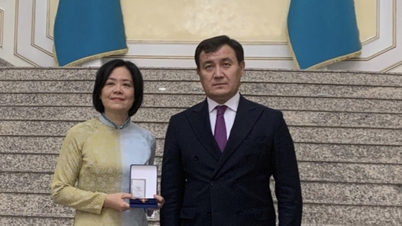
















































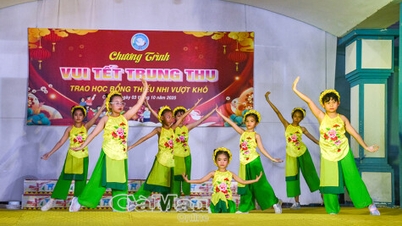


















Comment (0)